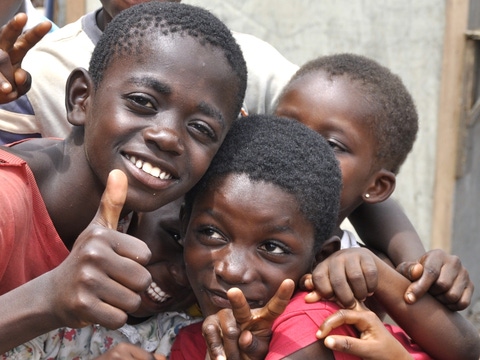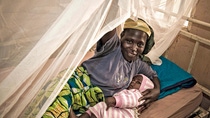Agriculture
Our Commitments
Vector-borne diseases continue to be a major public health problem worldwide. As long as they exist, they threaten the poorest and most vulnerable populations and have the potential to resurge in times of crisis, like during pandemics. BASF keeps up the commitment to work with partners to develop and supply life-saving innovations.

Our driving force
BASF stands at the forefront of product innovation as a leader within Agricultural Solutions, exemplifying strong research and development capabilities and powerful global insecticide expertise in pursuit of the best vector-borne disease prevention. We collaborate closely with international health, government and humanitarian organizations to provide cutting-edge control products and programs to nourish and safeguard our growing population and deliver on our global health initiatives.
Sustainable Development Goals
Our vision for sustainability is to balance economic success with environmental protection and social responsibility, contributing to a future worth living for generations to come. Eradicating malaria contributes to our goals in life-changing ways. Find out how we contribute to the highlighted Sustainable Development Goals (SDGs) below.
Click on the hot spot (+) of any colored SDG icon to find out more.
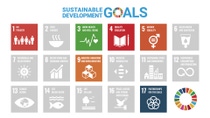
Public Health challenges
Vector-borne diseases cast a shadow over progress and prosperity, disproportionately impacting children under five, creating an enduring cycle of disadvantage. We recognize the preventable nature of these diseases and have made a dedicated effort to combat and eliminate them where possible.
Innovations for the greater good
Learn more about the innovative products that play a crucial role in combating the transmission of vector-borne diseases by offering practical and effective solutions to help reduce their spread and protect vulnerable populations.
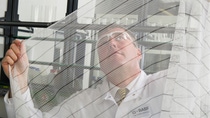
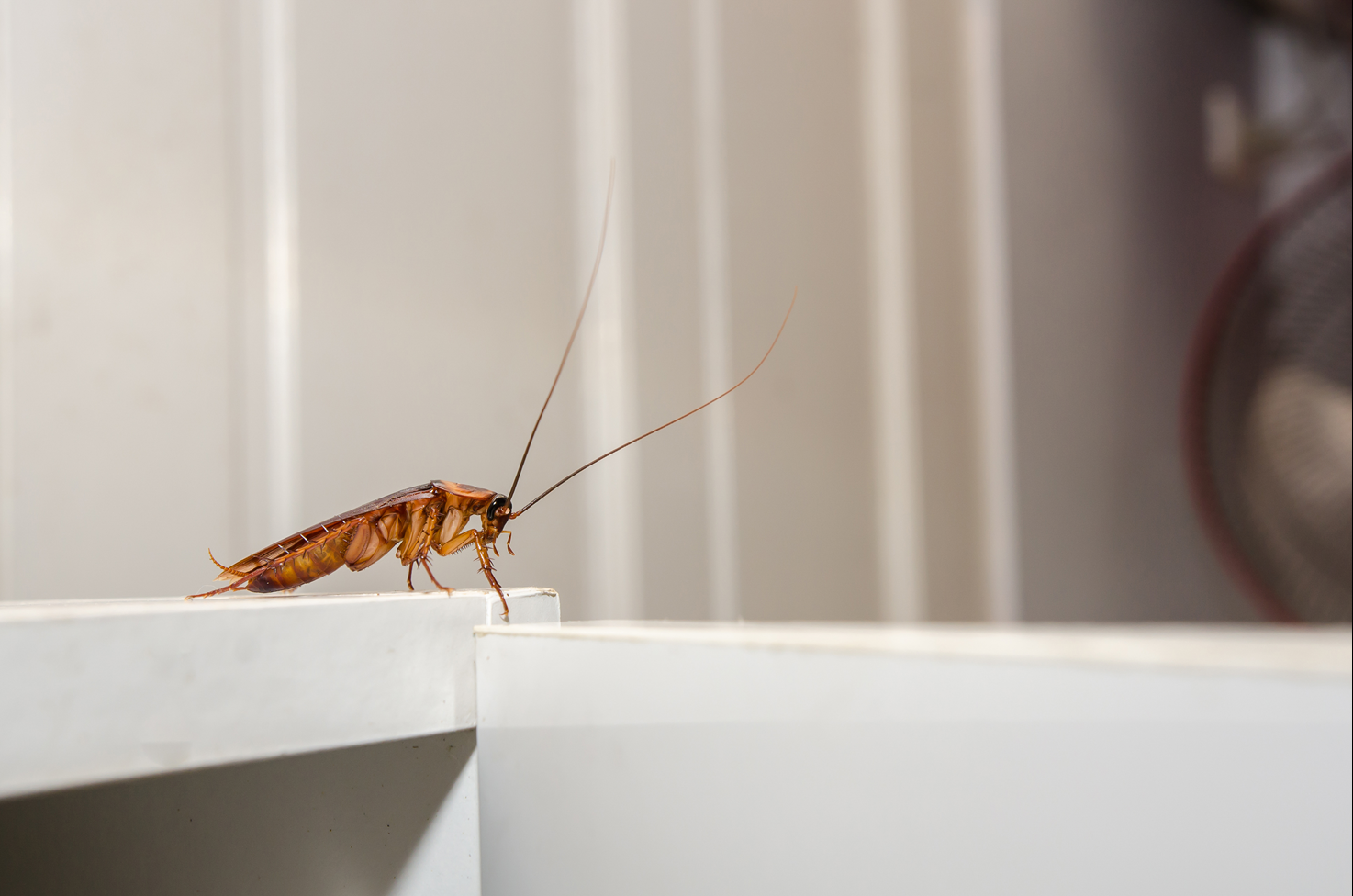
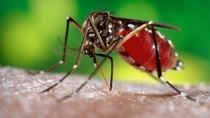


Work with us
Our partnerships make a significant impact in distributing life-saving nets. Join our mission to eradicate malaria and learn how you can get involved by visiting our Partnerships page or by contacting Achim Reddig. Together, we can save lives.
Achim Reddig
Global Business Management Public Health
Email | LinkedIn
